Hochul wants to extend the Second Avenue Subway west into Harlem
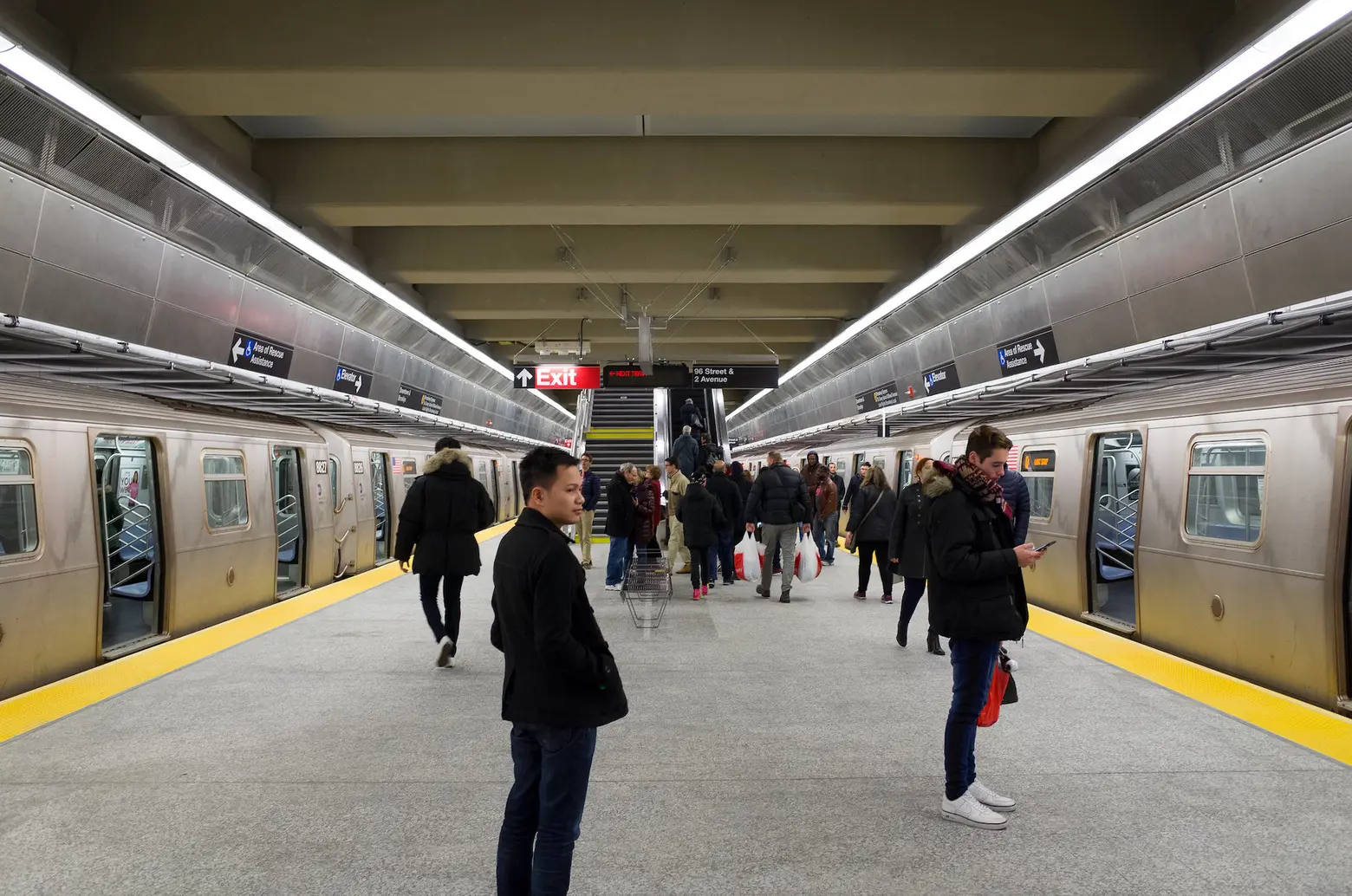
The 96th Street subway station on Second Avenue Subway when it opened in 2017. Photo by Charley Lhasa on Flickr.
The Q train may go even further. During her State of the State address Tuesday, Gov. Kathy Hochul backed a plan to extend the Second Avenue Subway west along 125th Street with three new stops at Lenox Avenue, St. Nicholas Avenue, and Broadway. The announcement comes as construction prepares to kick off on the second phase of the line, bringing the Q line up to 125th Street in East Harlem.
Hochul is asking the Metropolitan Transportation Authority to “evaluate, scope, and plan” for the Q train to travel westward along 125th Street. The new line would connect to 7 other lines (the 1,2,3, A, B, C, and D) as well as dozens of bus routes. According to the governor, the extended line could serve 240,000 daily riders. The project’s estimated cost is at $7.6 billion, according to Bloomberg.
The extended line would pass through East Harlem, Central Harlem, and Manhattanville, creating a “true east-west subway connection in Upper Manhattan,” according to the governor.
The MTA will evaluate the feasibility of extending the Q west and performing the initial tunneling work as part of the tunneling work of phase two.
“By continuing the tunnel boring machine’s westward path beyond the Phase Two work, the MTA may be able to incur substantial time and cost savings, estimated at over $400 million, relative to performing that work at a later date,” the governor’s proposal says.
After a century of planning and on-again, off-again construction, the Second Avenue Subway’s first phase opened in 2017, with the Q line extended from 63rd Street with three new stations on the Upper East Side at 72nd, 86th, and 96th Streets.
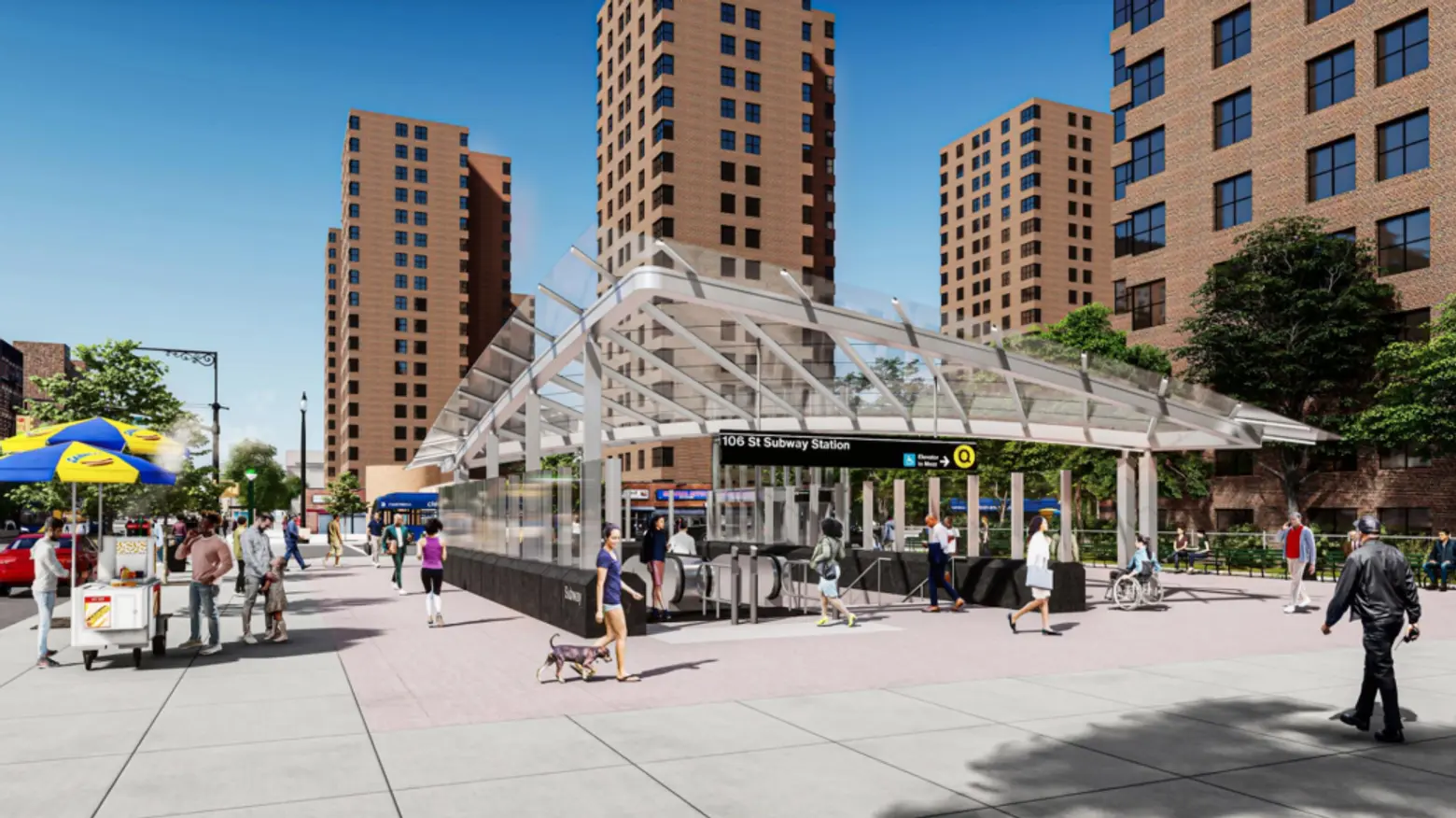
The $7.7 billion second phase will extend the Q by 1.8 miles and connect its current endpoint at 96th Street on the Upper East Side to 125th Street in East Harlem, with two new accessible stations at 106th and 116th Streets. In November, the federal government announced a $3.4 billion federal grant for the second phase of the project, which could take seven years to complete.
During her State of the State address, Hochul also announced the MTA will initiate the formal design and engineering of the Interborough Express (IBX), a 14-mile train line connecting Brooklyn and Queens.
“Every New Yorker deserves a safe, efficient commute – whether you’re a straphanger, a driver or a pedestrian,” Hochul said. “We’re continuing to move full speed ahead on transformative infrastructure projects that will change the way New Yorkers get around. And we’re fighting for safety at the same time, so New Yorkers get home safely no matter how they choose to get around.”
RELATED:
Explore NYC Virtually
Leave a reply
Your email address will not be published.

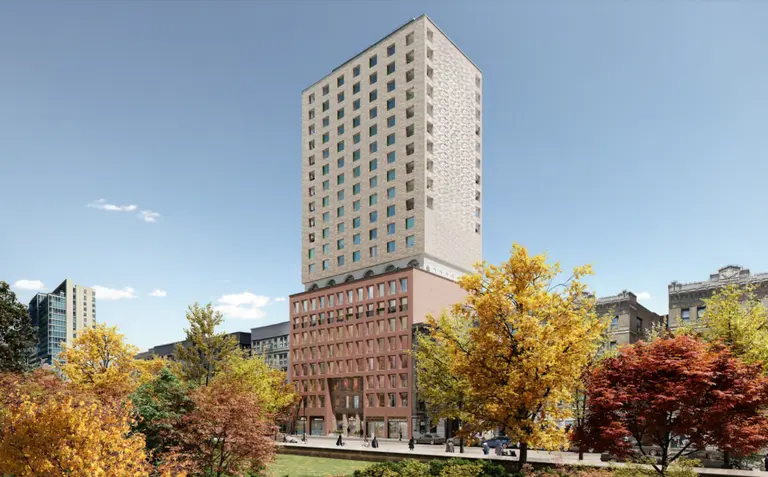
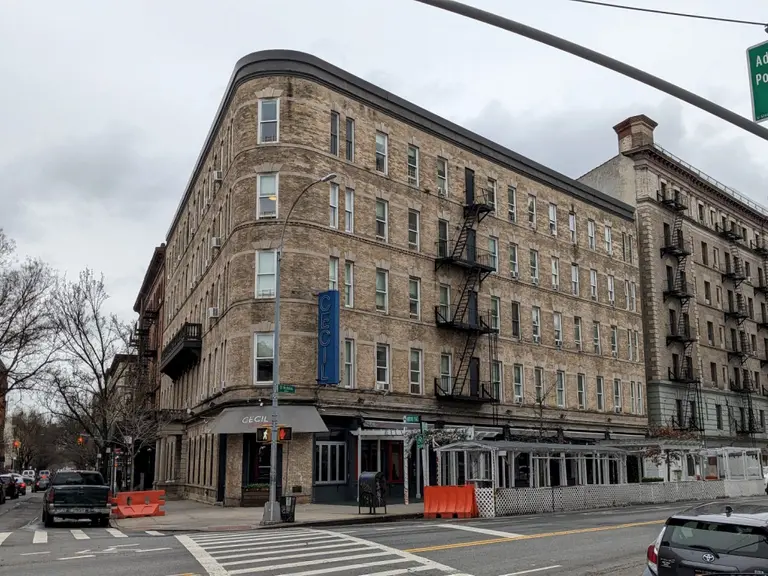
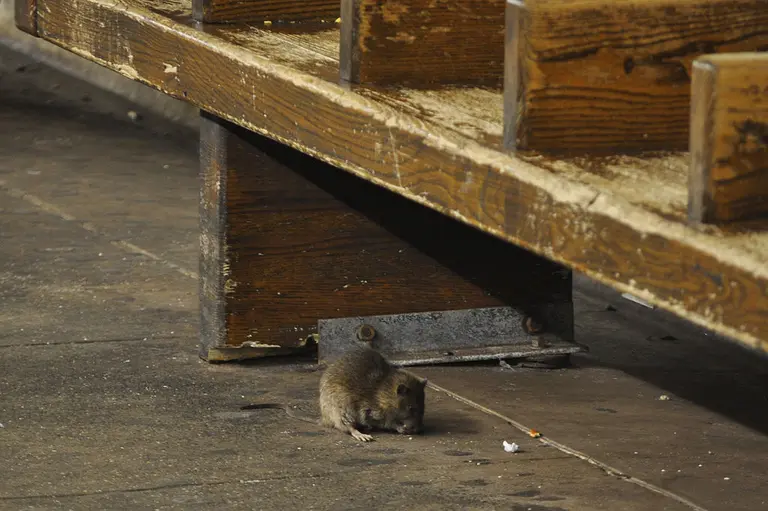
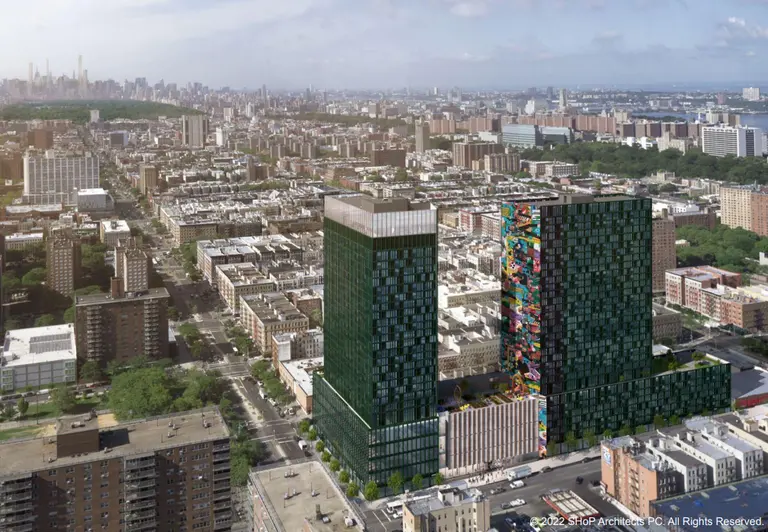





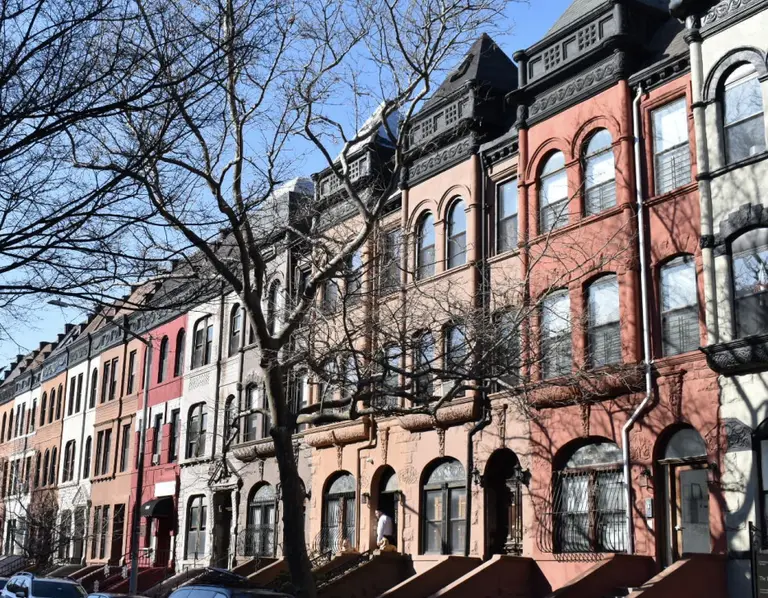
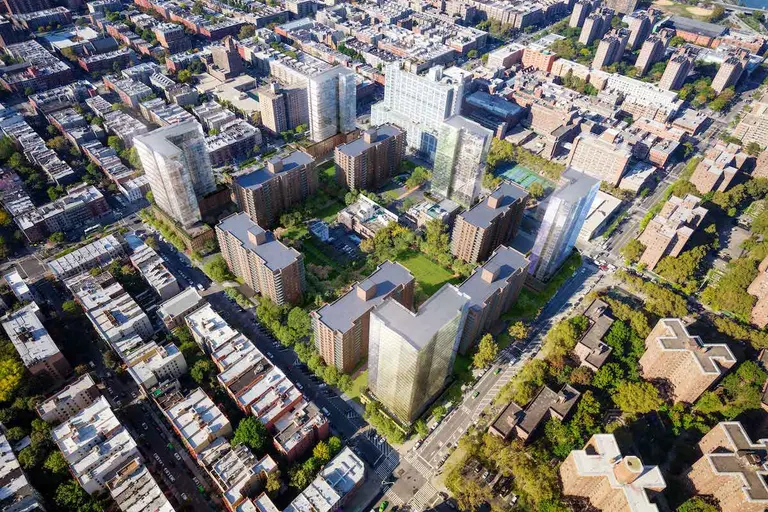
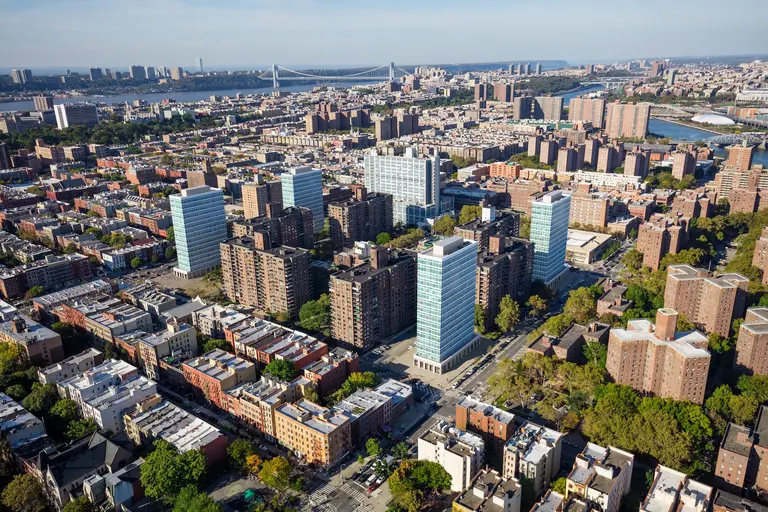
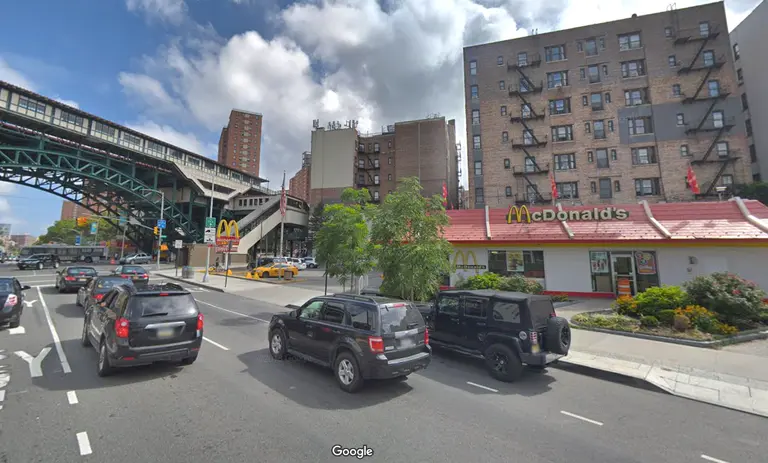












Governor Kathy Hochul’s support for extending a future subway line even further along Manhattan West 125th Street is fraught with problems.
Imagine the cost of creating a 125th Street crosstown line which could add between two and four more subway stations depending upon which potential alternative is selected. This new phase for Second Avenue subway could either (1) terminate at Broadway and 125th Street, (2) turn north below Broadway and offer a transfer connecting with the 1 train at 137th Street (Alphabet designed subway lines run equipment that is too wide to run on Numbered lines, (3) continue uptown below Riverside Drive up to 137th Street or (4) advance north under St. Nicholas Avenue to connect the with the B and C subway lines at 135th Street. The extension across 125th Street between the current Second Avenue Q line would provide upper Manhattan connections to the #1, A, B, C and D subway lines. It would connect Manhattan uptown neighborhoods with those in the upper East Side. The price tag for this new phase could be between $5 billion to $10 billion depending upon which option is selected. .
Many years would be needed to either add this scope of work to Second Avenue Subway Phase Two or as a stand alone new Third Phase. There would be the need for completion of the National Environmental Policy Act (NEPA) process leading to a positive Record of Decision (ROD) from FTA. Next, is final design and engineering, completion of all business relocation, real estate acquisition, and private property easement rights. Agreements with NYC and various owners of underground utilities including water, sewer, gas, electric, steam and cable would also need to be finalized before being ready to commence construction. This new phase would also need to be admitted into the FTA Capital Investment Grant (CIG) New Starts Core Capacity program. The MTA would also have to find billions in the future 2025 – 2029 and 2030 – 2034 Five Year Capital Programs to provide the required local share for any FTA Full Funding Grant Agreement (FFGA) The MTA would also re designate and postpone the future $13 billion Second Avenue Third Phase (72nd Street to Houston Street) and $13 billion Fourth Phase (Houston Street to Hanover Square) to become Phases Four and Five. Funding would probably not be available for these phases until the 2040 – 2044 Five Year Capital Plan and next 2045 – 2064 Twenty Year Capital Needs Plan for future funding MTA clearly lacks both funding and technical capacity to advance any combination of two new phases for the Second Avenue Subway within the same time frame.
The MTA has a history of low balling project costs by hiding both financing and debt service payments under the agency operating rather than capital budget. They also frequently program insufficient contingency funding. These funds are needed to cover costs when contractor bids come in higher than the engineer’s cost estimate. They also pay for contract change orders during the course of construction due to unforeseen site conditions or scope changes requested by various maintenance, operations and other user groups.
One possibility is for the MTA to consider delaying initiation of $7.69 Second Avenue Phase Two until the 2030 – 2034 Five Year Capital Plan. This could provide sufficient time to accommodate one of the new four 125th Street cross town options. Any of these could add $5 to $10 billion more to the current forecasted Second Avenue Phase 2 project. Each new station could cost $500 million to a $1 billion. Tunneling each additional block could range between $100 to $250 million. Combining Phase 2 with advancing cross town along 125th Street could offer some savings by using the same tunnel boring machine contractor. Ditto for station construction, signal, power and track installation contractors. There will also be the need to purchase additional subway cars to maintain rush hour headway between trains.
(Larry Penner is a transportation advocate, historian and writer who previously served as a former Director for the Federal Transit Administration Region 2 New York Office of Operations and Program Management. This included the development, review, approval and oversight for billions in capital projects and programs for NJ Transit, MTA, NYC Transit bus, subway and Staten Island Railway, Long Island and Metro North Rail Roads, MTA Bus, NYCDOT Staten Island Ferry along with 30 other transit agencies in NY & NJ.).